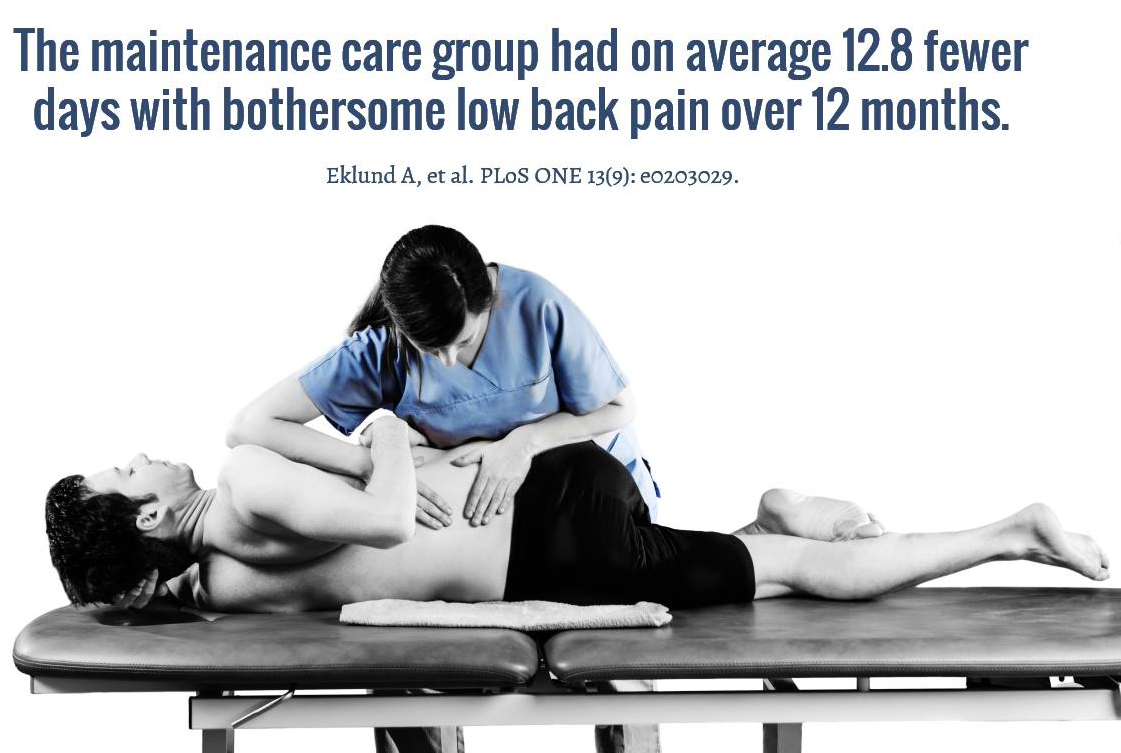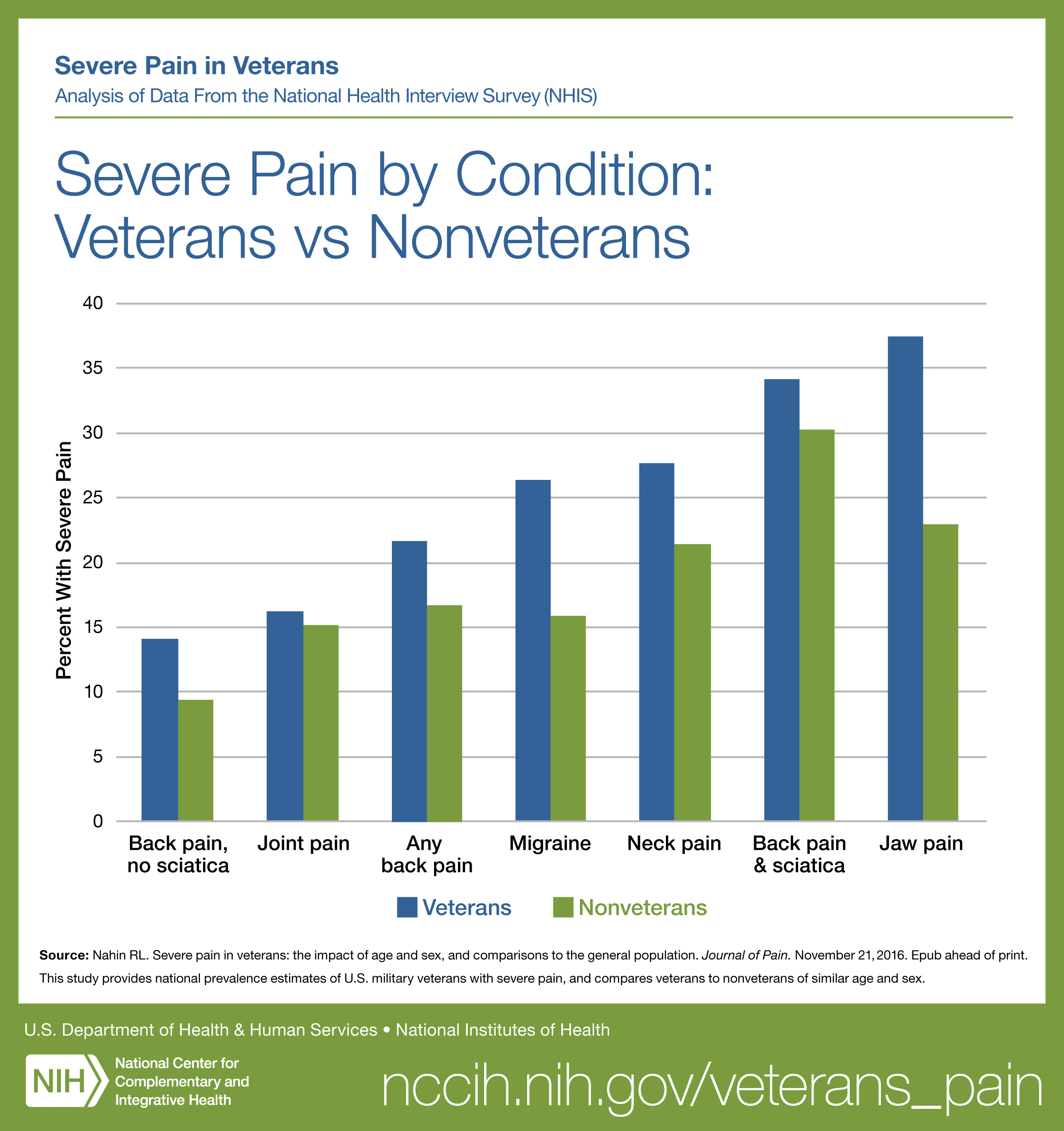Maintenance Care Reduces the Number of Days
The Nordic Maintenance Care Program: Maintenance Care Reduces the Number of Days With Pain in Acute Episodes and Increases the Length of Pain Free Periods for Dysfunctional Patients With Recurrent and Persistent Low Back Pain – A Secondary Analysis of a Pragmatic Randomized Controlled Trial
SOURCE: Chiropractic & Manual Therapies 2020 (Apr 21); 28: 19
Andreas Eklund, Jan Hagberg, Irene Jensen, Charlotte Leboeuf-Yde, Alice Kongsted, Peter Lövgren, Mattias Jonsson, Jakob Petersen-Klingberg, Christian Calvert & Iben Axén
Karolinska Institutet,
Institute of Environmental Medicine,
Unit of Intervention and Implementation Research for Worker Health,
Stockholm, Sweden.
BACKGROUND: A recent study showed that chiropractic patients had fewer days with bothersome (activity-limiting) low back pain (LBP) when receiving care at regular pre-planned intervals regardless of symptoms (‘maintenance care’, MC) compared to receiving treatment only with a new episode of LBP. Benefit varied across psychological subgroups. The aims of this study were to investigate 1) pain trajectories around treatments, 2) recurrence of new episodes of LBP, and 3) length of consecutive pain-free periods
There are more articles like this @ our:







